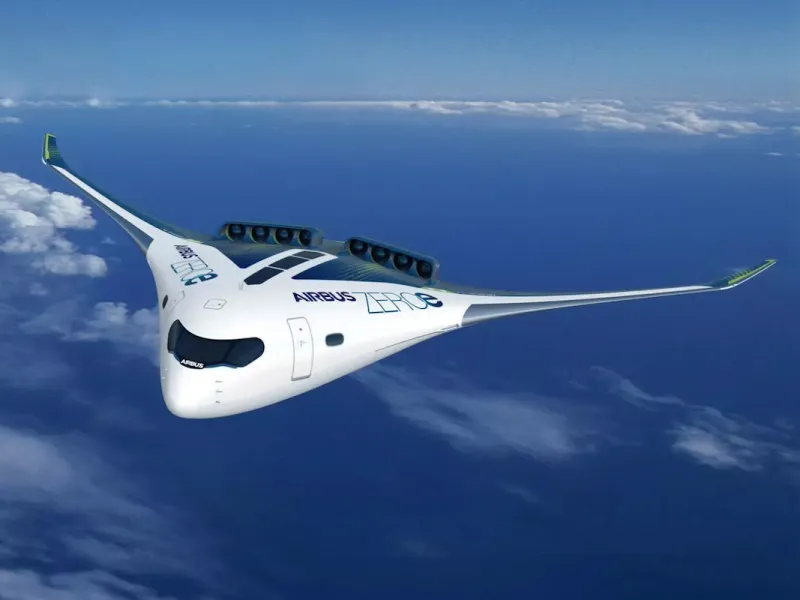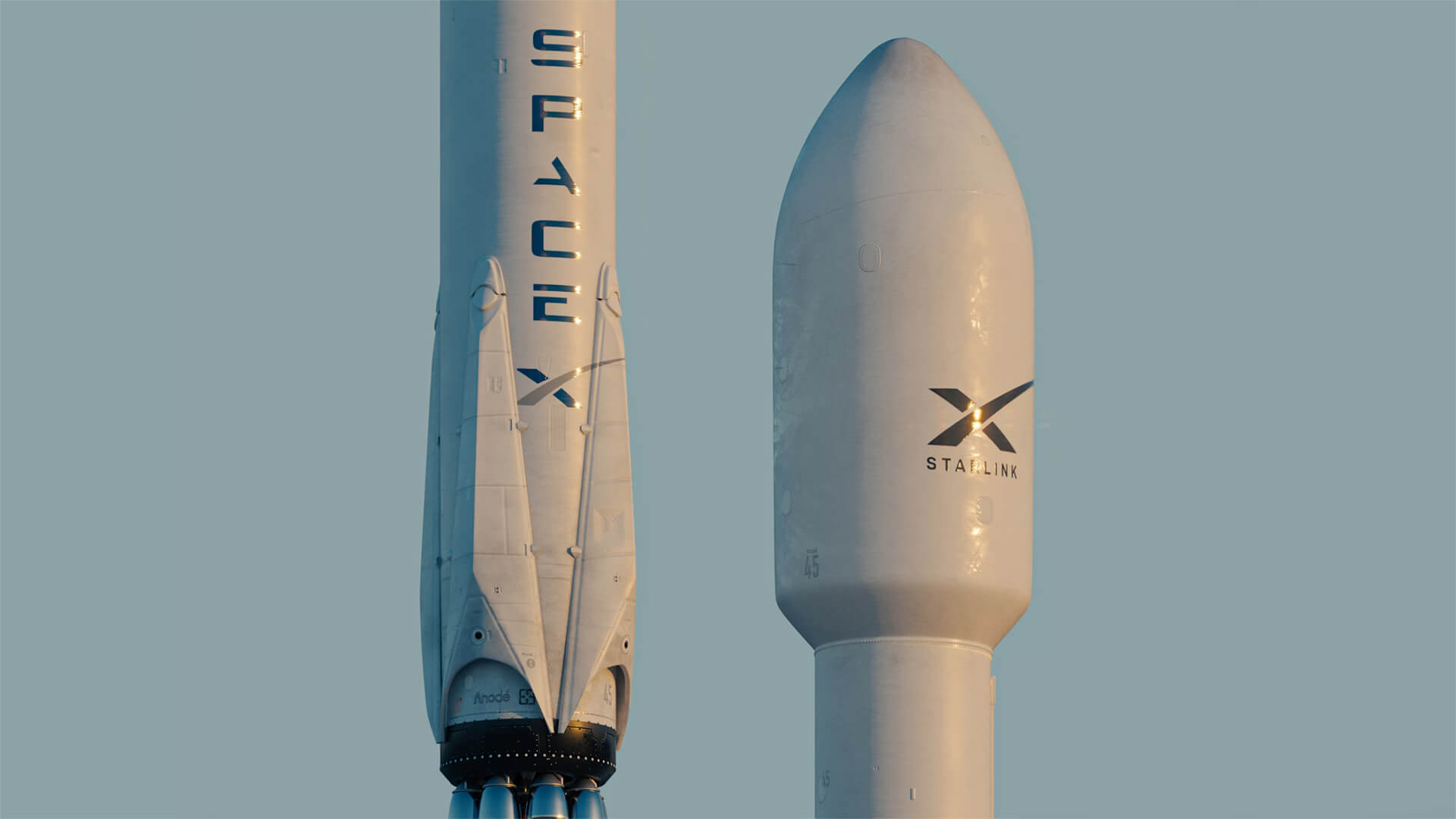The aviation industry has long been both a symbol of human innovation and a significant contributor to greenhouse gas emissions. As climate change accelerates and governments tighten environmental regulations, the pressure on aircraft manufacturers and airlines to adopt cleaner technologies is greater than ever. An innovative solution that is garnering international attention is the hydrogen-powered aircraft, which has the potential to enable long distance travel without emitting carbon dioxide. The future of aviation may be completely changed if hydrogen-powered aircraft are developed and widely used.
Why Hydrogen Could Change the Skies
Hydrogen is the lightest and most abundant element in the universe, and when used as a fuel, it produces only water vapor as a byproduct. Unlike fossil fuels, hydrogen combustion does not release carbon dioxide, one of the main drivers of global warming.
There are two primary types of hydrogen used in energy systems: Grey Hydrogen – Produced from natural gas, but with carbon emissions, and Green Hydrogen – Produced using renewable energy sources such as solar and wind power, making it truly sustainable. For aviation to truly benefit, the focus will need to shift toward green hydrogen production on a large scale.
How Hydrogen Aircraft Work
Hydrogen-powered planes can be designed in two major ways
Hydrogen Combustion: This system works similarly to today’s jet engines but burns hydrogen instead of kerosene. The engine modifications allow hydrogen to be injected and combusted, producing thrust while emitting only water vapor and minimal nitrogen oxides.
Hydrogen Fuel Cells: This process involves feeding hydrogen into a fuel cell, where it combines with oxygen to produce electricity. Electric motors are then used to drive the fans or propellers on an aeroplane.Fuel cells are quieter and more efficient, making them ideal for regional or short-haul flights.
Both designs present significant engineering challenges but offer a path toward clean, sustainable air travel.
Benefits of Hydrogen-Powered Aviation
The main advantage of hydrogen-powered aviation is the elimination of CO₂ emissions during flight, making it a zero-carbon solution for the industry. Hydrogen is also the most abundant element in the universe, ensuring a reliable and long-term fuel source. While it requires more storage volume than traditional jet fuel, hydrogen has a much higher energy content per kilogram, which could enable longer flights with lighter fuel loads. As fossil fuel restrictions continue to tighten, hydrogen offers a future-proof technology that positions the aviation sector for sustainability and long-term compliance.
Challenges to Overcome
While hydrogen’s potential is clear, there are still significant hurdles that must be addressed. For storage and transport, hydrogen must either be kept as a liquid at -253°C or as a high-pressure gas, both of which require specialized tanks and insulation. On the infrastructure side, airports worldwide would need to construct new refueling and storage systems, a process that is both costly and time-consuming. Production costs also pose a challenge, as refining traditional jet fuel remains far cheaper than producing green hydrogen, with cost reductions relying heavily on the growth of renewable energy. Finally, safety concerns must be taken seriously, since hydrogen is highly flammable and demands advanced leak detection systems, reinforced tanks, and strict safety protocols.
Recent Developments and Prototypes
Several companies are already driving hydrogen aviation forward. Airbus, through its ZEROe Project, aims to launch the world’s first hydrogen-powered commercial aircraft by 2035, introducing three different concept designs. ZeroAvia has emerged as a leader in hydrogen-electric propulsion, successfully flying a 19-seat hydrogen-powered aircraft in 2023. Universal Hydrogen is working on modular hydrogen capsules that enable easy refueling at airports without the need for major infrastructure changes. In addition, government-backed initiatives in the EU, USA, and Asia are heavily funding research to help make hydrogen-powered flight a commercial reality.
The Road Ahead
One of the biggest changes to transportation since the development of the jet engine may be the use of hydrogen in aircraft. By the middle of the twenty-first century, hydrogen may be the norm for commercial aircraft fuel if production and infrastructure issues are resolved. The next ten years will be critical as government regulations, international investments, and extensive test flights decide whether hydrogen is a niche solution or a universal standard for environmentally friendly air travel.
Conclusion
Air travel can become cleaner, quieter, and more efficient with the use of hydrogen-powered aircraft. Although there will be challenges along the way, the possible environmental and economic The advantages are too great to overlook. The goal of flying without endangering the environment may soon come true with sustained investment and innovation.



